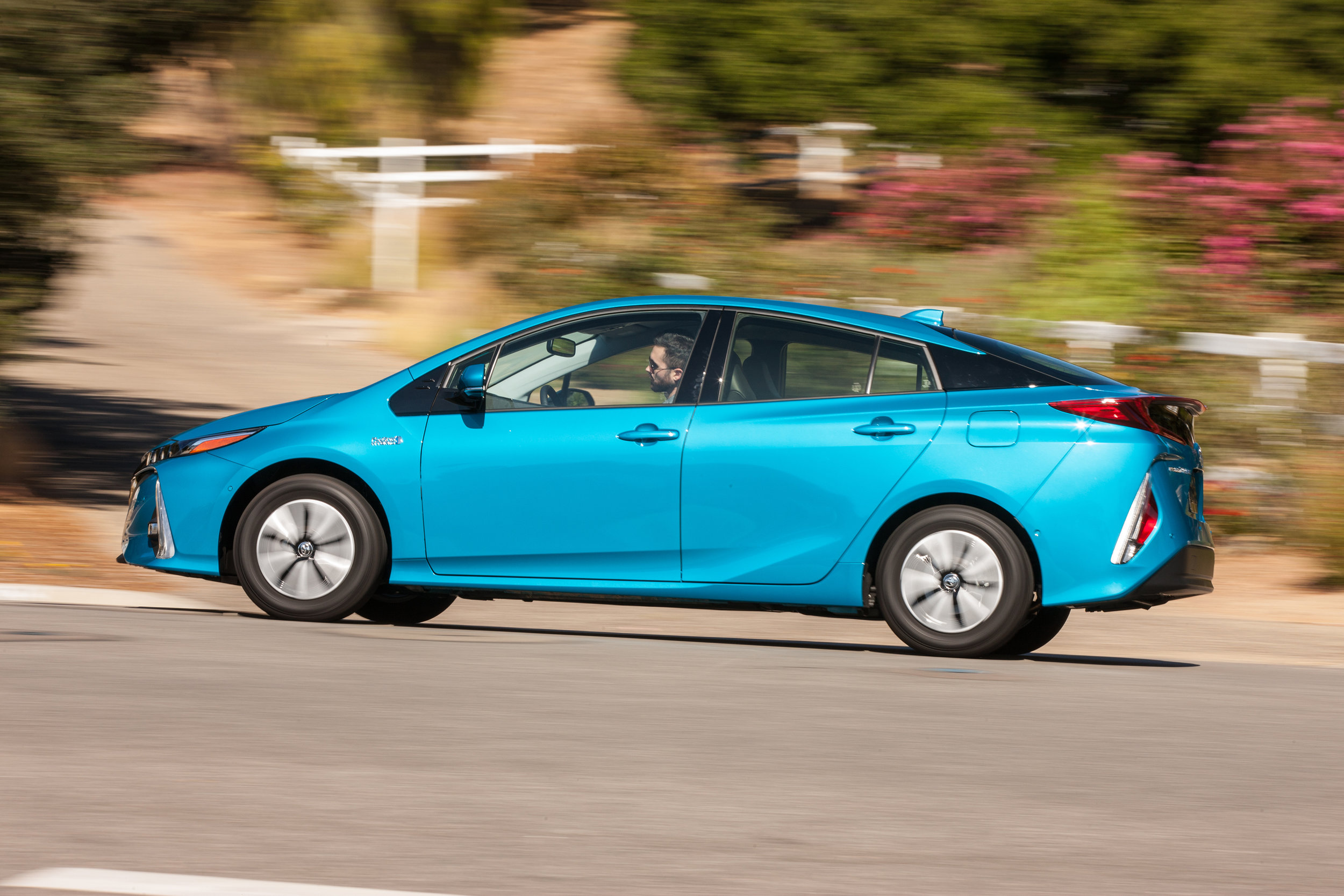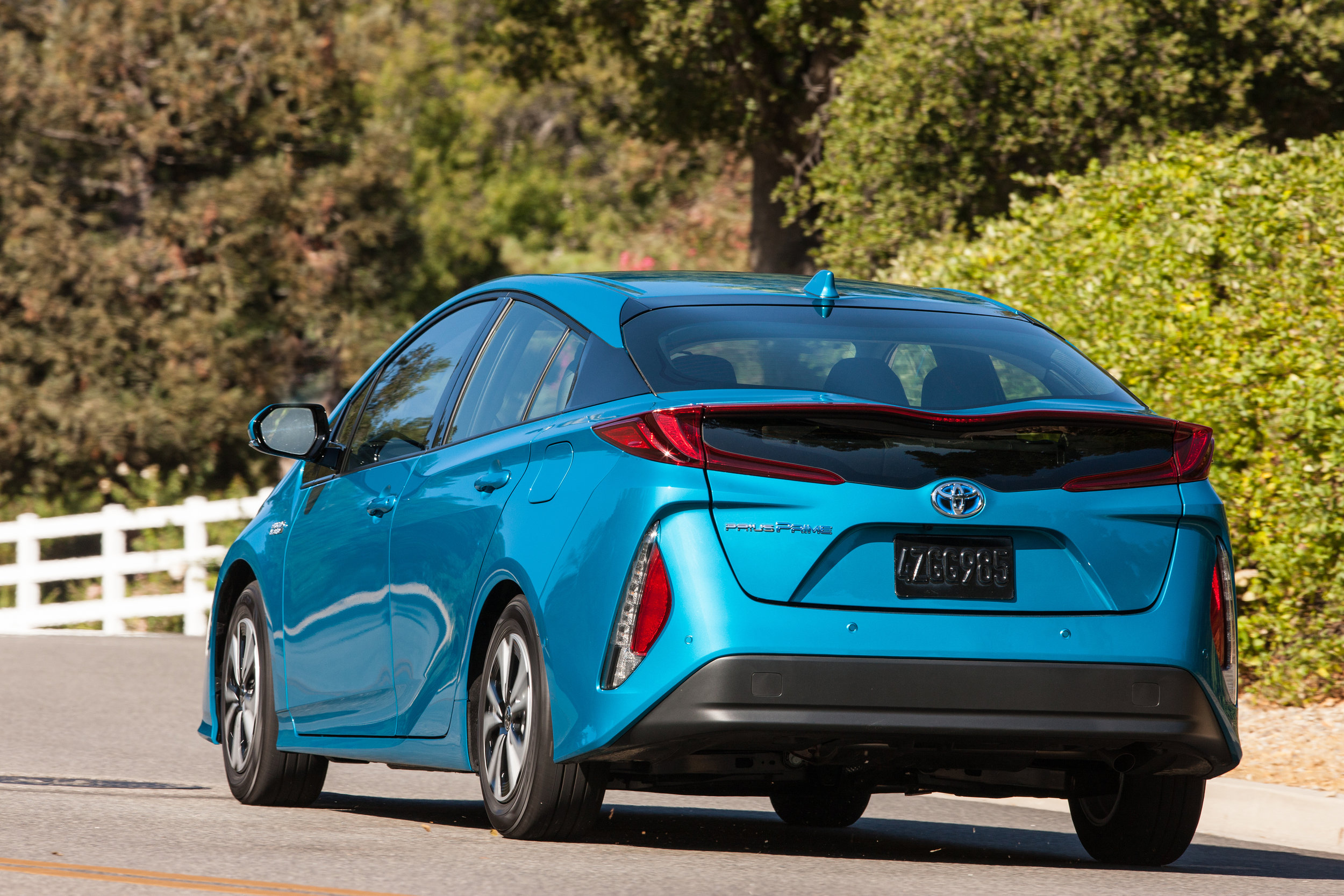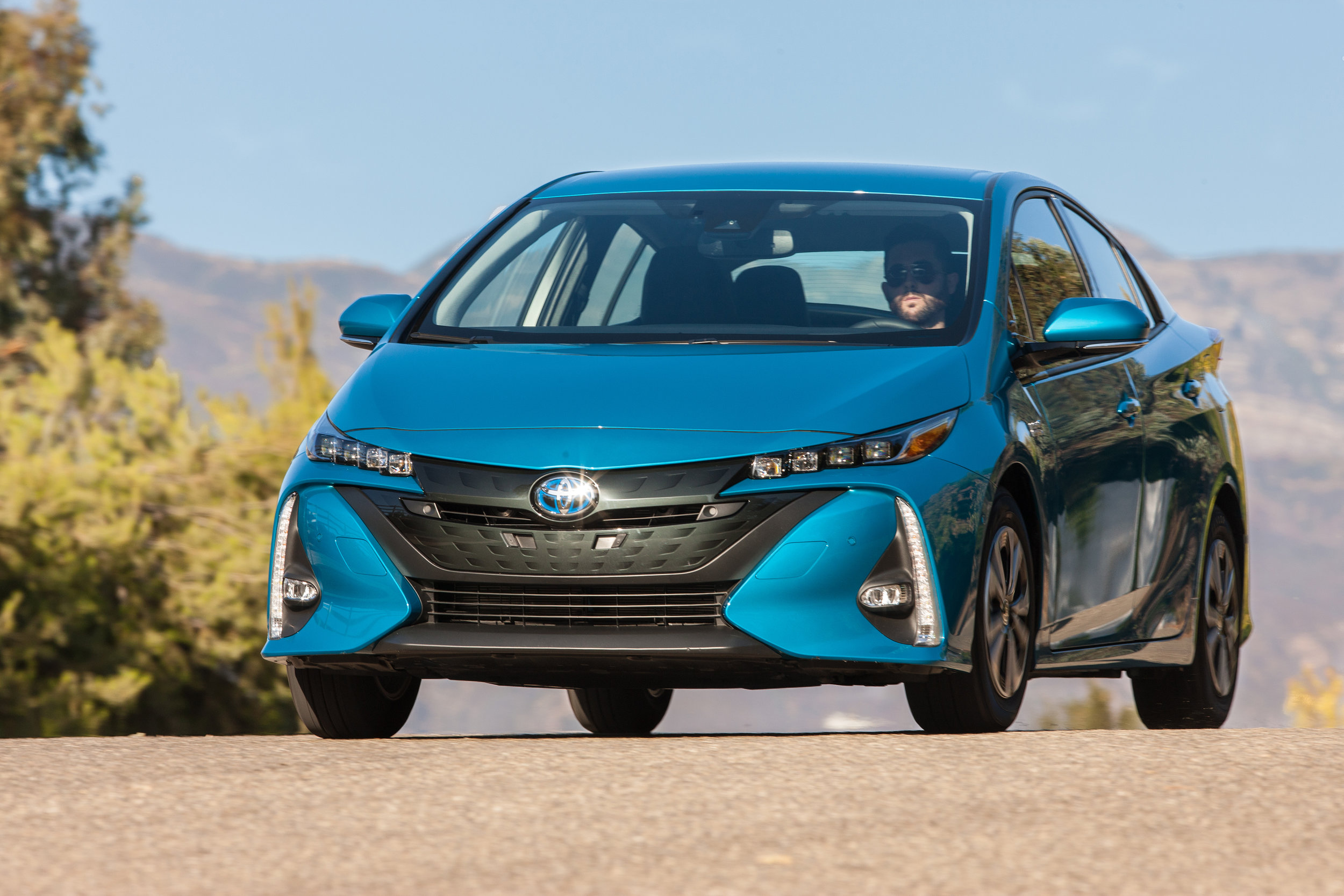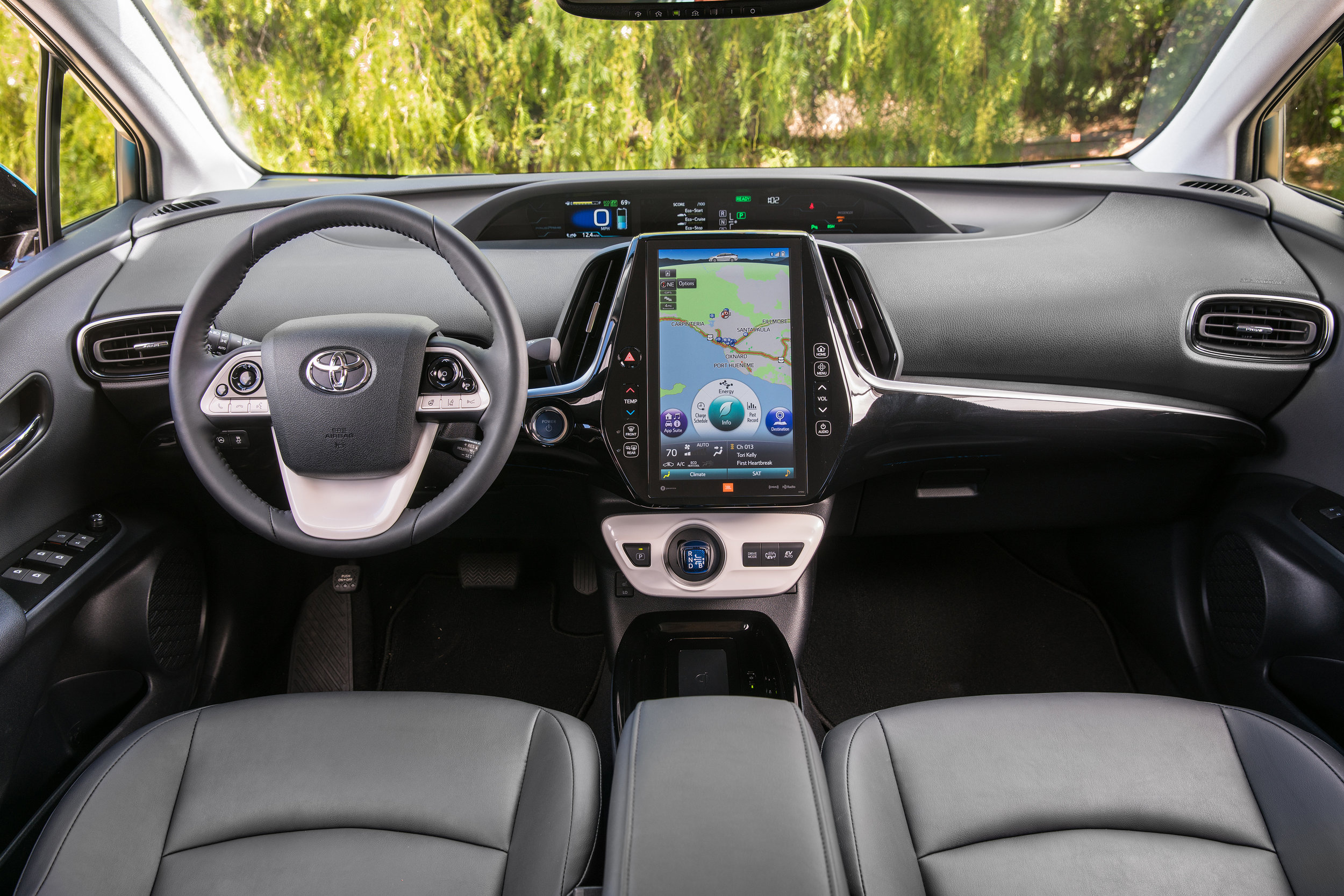Optimus economy for new Prius Prime
/A new version of the Prius hybrid could cost just $150 a year to operate – so long as that petrol engine remains idle.




INTRODUCTION of a latest plug-in edition of the Prius will lead to repricing of more orthodox editions of the current car, as well as a used import with an earlier version of its mains-replenished drivetrain.
Toyota New Zealand has stickered its long-awaited Prius Prime at $48,490, which on current pricing makes it less than $2000 more expensive than the flagship version of the non-rechargeable Prius and around $10,000 above the Prius PHEV, an earlier-gen plug-in it has been bringing in from Japan in pre-owned form for the past year as a stop-gap.
However, the brand has suggested the pricing of those latter vehicles will sharpen as early as April 2 to create a wider pricing separation.
TNZ intends to announce dramatic changes to its dealership and model sales and support strategies tomorrow, with more news next Tuesday.
Today the regular Prius represents in $39,190 SX and $46,690 SR formats.
Toyota says the Prime can achieve as little as 1.0 litre per 100kms’ economy. By comparison, the maker-rated overall economy cited for the regular non-rechargeable Prius, which has been on sale for almost two years, is said to be able to run optimally at 3.4L/100km.
The Energywise efficiency rating that the Energy Efficiency and Conservation Authority mandates for display on all new cars is also generous to Prime, with six stars and an estimated running cost of $150.
That assessment is based on the Prime operating purely on electric power and not its petrol engine.
Though some overseas' tests of the Prime suggest it has a reaslistic electric-only range of 40-50kms, Toyota NZ estimates the model can achieve 63 kilometres’ pure electric driving but cannot say at what specific speed or driving condition.
A spokesman said he imagined the car is more likely to get that kind of range in urban driving than at 100kmh, let alone at the highest speed possible on battery alone: 135kmh.
However, it believes that driving the car on battery alone will be a cheap exercise.
“This is a $150 a year car,” said the Palmerston North-centred brand’s general manager of product and new vehicle sales, Neeraj Lala.
“That’s the yearly running costs you’ll pay in NZ for the Prius Prime according to Energywise.”
He added that the costing assumed a driver would always be running on battery alone.
The Prime is the most advanced Prius yet. Its tech was acknowledged with a world green car of the year award in 2017. The same silverware went to the firm’s Mirai hydrogen car in 2016.
The Prius PHEV, which went out of production in 2016 to make way for the Prime, has achieved modest success in NZ, with 46 sold last year. Lala says there is no intention to curtail the car’s availability as it provides a budget entry to battery-assisted driving. Used PHEVs are readily available, though TNZ restricts its selection to low-mileage stock in as-new condition.
The Prime has been a long time coming to New Zealand. It was unveiled at the 2016 New York International Auto Show. But restricted production and Toyota Japan’s decision to prioritise its home market and North America has meant smaller markets such as ours could not access it.
The car is the next best thing Toyota has to a full electric vehicle, something it doubts it will ever produce. It has the same 72kW/142Nm1.8-litre Atkinson cycle petrol four-cylinder as the regular Prius, but the thermal efficiency figure is higher, at 40 percent.
TNZ says this makes it one of the most thermally efficient engines on the market – most other Toyota road car engines are in the 30-35 percent range - and the world leader, at 45 percent, is the engine used in Mercedes’ Formula One car. However, it has failed to mention that a primary rival here, the Hyundai Ioniq, has s slightly higher rating in its EV and PHEV formats. Those cars cost $5000 to $10,000 more than the Prime.
In addition to having potential to be extra frugal, the Prime also meets Green aims by producing an exceptionally low CO2 emission of just 22g/km. The combined battery and petrol range is estimated at 965km.
Prime features two Toyota firsts, a battery warming system and a dual motor EV system and is being touted as presenting another step toward Toyota Motor Corporation’s world-wide goal of reducing its fleet CO2 emissions by 90 percent by 2050 through the use of hybrid, electric and fuel cell vehicle technology.
The Synergy Drive system has been given a significant upgrade over that in the PHEV. With Prime the first “dual-motor” that allows the generator to temporarily act as a motor in parallel with the main drive motor for boosted acceleration.
The Prime’s 8.8kWh battery is larger and more powerful than that in the PHEV and recharging is quicker, with TNZ suggesting four-and-a-half hours with a standard household plug socket and a type 2 cable. It acknowledges the car is incompatible for AC-pure fast chargers, which are becoming more prevalent and generally reduce EV recharging to under an hour.
The Prime introduces heavily accented nose design implementing distinctive quad LED headlights. The back end has a new tail-light arrangement.
The new model also introduces new construction techniques to the family with a carbon-fibre hatch, aluminium bonnet and greater use of high-strength steels. Overall the Prime is 15mm wider, 61mm longer and 25mm lower than the PHEV.
Interior comfort is improved with reduced wind and air-conditioning noise, which has an electric compressor in place of the mechanical version. With the new pump, owners can remotely turn on the air-conditioning before entering.
The interior is upholstered in black fabric, with leather available as a $1500 option, and the rear seats have a 60/40 split folding arrangement.
The NZ market specification includes rain sensing wipers, smart key entry and start, sat nav, park assist, front and rear parking sensors, tyre inflation warning and pre-safe suite of electronic safety system: Autonomous emergency braking, lane departure alert and radar cruise control. It also has adaptive high beam and road sign assist.
















